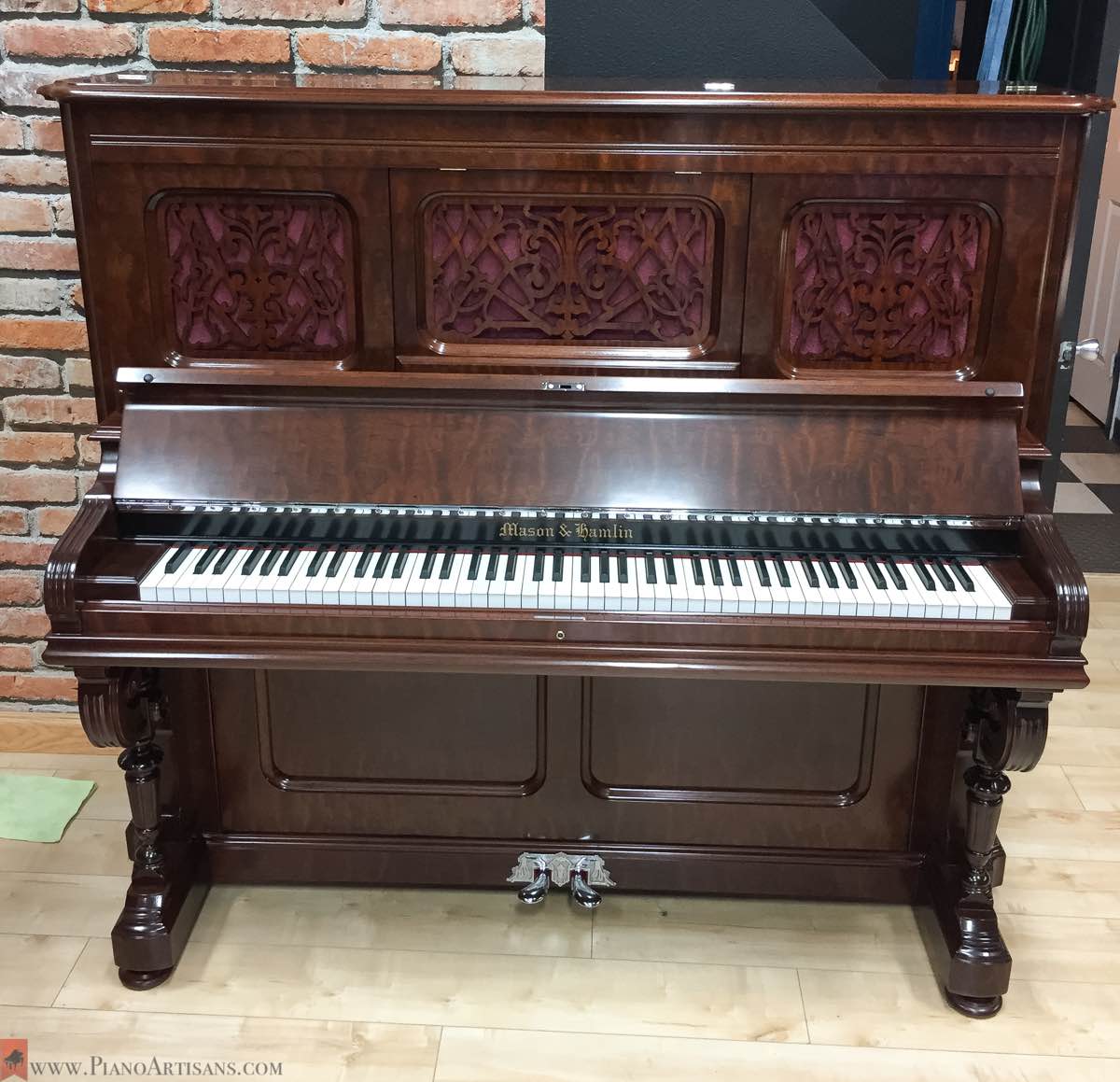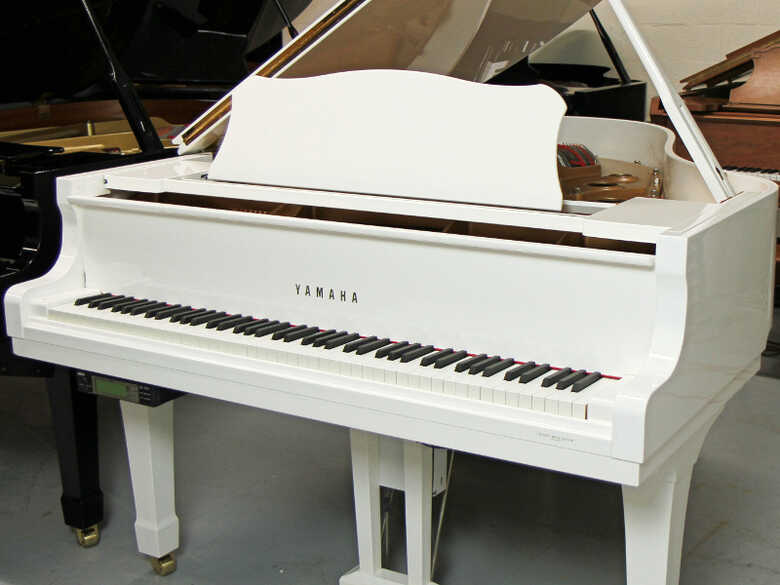
As the rod wanders, the pedal travel changes slightly. This wander causes the pedal to feel sloppy because of the design of the push rod.

I bushed the pedal rod holes in the lyre with key bushing felt, which greatly reduces rod wander. The first thing than needs to be addressed is any looseness in the assembly. In the interim, I added a simple fix to aide with positive response and feel. I have a design I am working on to replace the short arm and torsion spring, but I just haven't gotten around to finishing it. With the one-way torsion spring, you get a less than positive feel that tends to be mushy. Note the baffles lack any sound porting.Īs stated previously, the damper pedal design leaves a lot to be desired. The patent drawings are very close to what made it into production, exceptions being the lid props and the lyre assembly. Farny's patent above is about a month later and recycled the Zaiser drawings for the intent of detailing the sound ports. Interestingly enough he had designed an upright for Steinway, just prior to filing the design patent for the Deluxe Model 88 Key Butterfly on Mar 14 of 1938 (Patent 110264). Zaiser also designed pianos for the Aeolian American Corp., and others. Nearly all of the Wurlitzer patents for both spinets and the various butterfly cabinets around the timeframe in which we are interested in, were all created by him. At some point, He was part of the design firm of Johnson & Zaiser, New York City, in which the original partners were Gerald Johnson and William Zaiser. An art he spent nearly 50 years developing. From the little information I have available, Zaiser was considered by many as the finest master of cabinet art in the world. William Zaiser was a prolific piano case designer.
#American craftsman aeolian player piano how to fix registration
In other words, a grand piano embodying this invention may be made with a fixed top so that it is not necessary to raise the lid over the strings in order to secure the proper tone the side wall or rim is provided with openings in direct registration with the position of the strings and sounding board, so that the tone chamber formed between the sounding board and the lid is laterally open. The important object of the invention is to provide a relatively simple case adapted to permit the emanation of a satisfactory volume and quality of tone without necessitating the adjustment of any portions of the casing.

and manager of the Piano Division of the Rudolph Wurlitzer Co. After graduation, Cyril began his career as V.P. He lived at Craftsman Farms in Morris Plains.

At Princeton, he was a member of the University Orchestra and Clio Hall. The son of George Farny and Sylvia Wurlitzer, he prepared for college at Horace Mann and Morristown School. The piano actual case design is credited to William Zaiser as detailed below.įarny's early years were spent in Cincinnati, Ohio. The main focus of the patent is detailing the various ways the piano can be ported to allow the sound to escape the rim without opening the lids. The design in this patent is credited to Cyril Farny. US Patent 2215097 is simply labeled as PIANO.


 0 kommentar(er)
0 kommentar(er)
